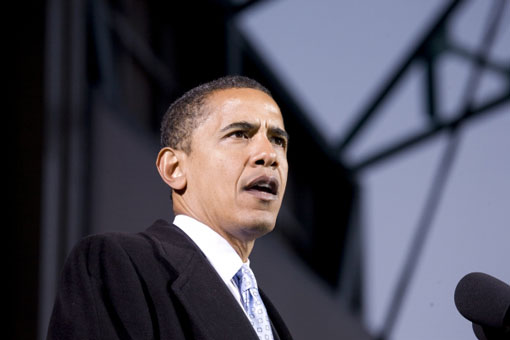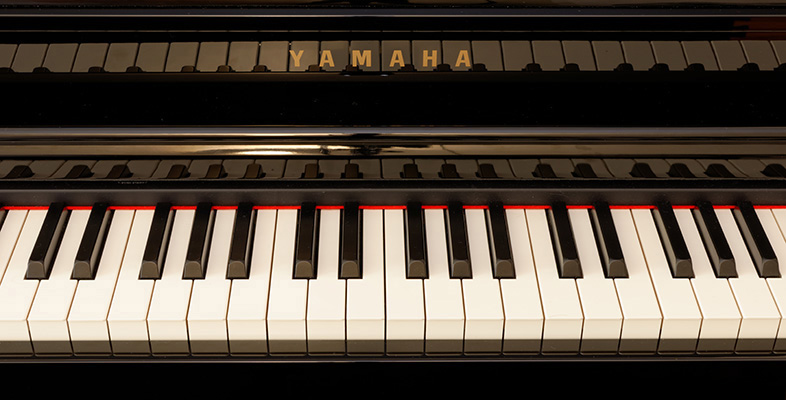4 Music and politics

In this last section, you will study some of the ways in which music and politics are linked, ranging from the reception of Wagner and Beethoven in Nazi Germany, and music’s role in the Cold War, to the protest song.
There are numerous ways in which contemporary musical practice appears to be deeply embedded in the politically-charged world around us. You may be familiar with the Eurovision Song Contest, for example, which in its voting patterns frequently appears to be less about the songs and more about international relationships between the voting countries. And you may also be able to think of other ways in which popular musics of different eras have been associated with particular political positions.
Popular musicians are courted by political parties keen to have their messages endorsed, or their images improved. Well-known examples of this include Frank Sinatra’s role at John F Kennedy’s presidential inauguration and Sheryl Crow’s endorsement of Barack Obama’s 2008 presidential campaign (she also performed at the 2008 Democratic National Convention). Indeed, US presidential elections often make prominent use of dedicated campaign songs, drawing in recent years from existing popular culture – though this is far from a new phenomenon, and earlier elections could be just as sophisticated in their use of music (see Harpine, 2004 on the functions of songs in the 1896 presidential campaign of William McKinley, which frequently expressed a belligerency in their attacks on opponents that was absent from the candidate’s speeches).
